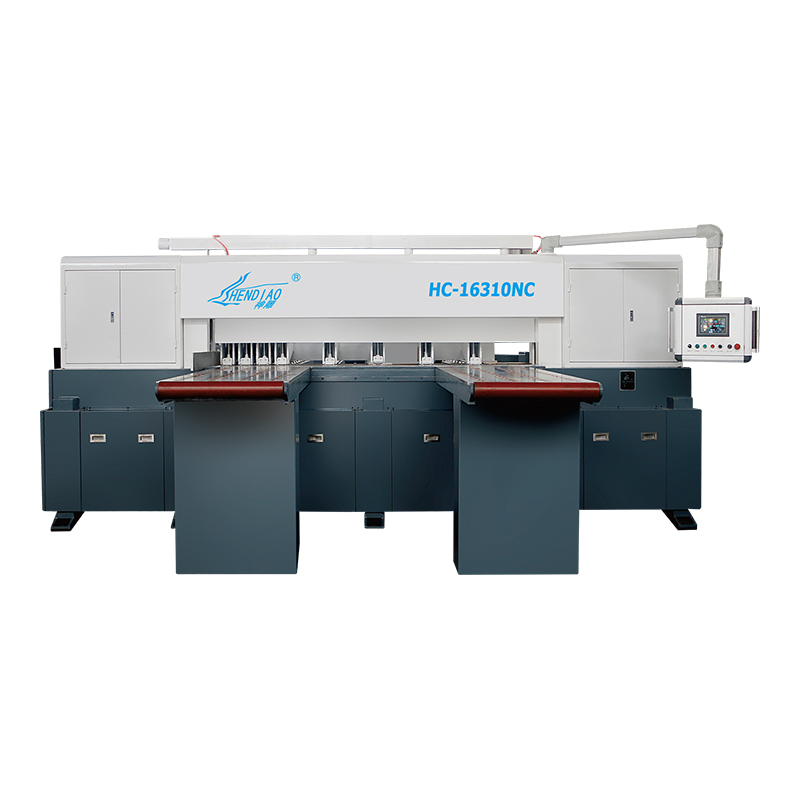GZ1515/170G Automatic Hydraulic Feed Sawing Aluminum Plate Circular Saw
Cat:Circular Saw
Suitable for cutting aluminum alloy plate, high efficiency (3 times of...
See DetailsThe Aluminum Plate Cutting Circular Saw Machine is widely recognized for its efficiency and precision in industrial and workshop environments. When cutting aluminum plates, the thickness and size of the material play a crucial role in determining the machine's overall performance. Operators often notice significant variations in cutting speed, surface finish, and energy consumption depending on the specific properties of the aluminum being processed. Understanding these differences is essential for optimizing workflow and ensuring high-quality results.

One of the noticeable factors affecting performance is the thickness of the aluminum plate. Thin plates are generally easier to cut and require less power, allowing the saw to operate at higher speeds while maintaining a smooth edge. Conversely, as the thickness increases, the saw must exert more force to penetrate the material, which can slow down the cutting process. In bad cases, thicker plates may cause the saw blade to overheat, causing accelerated wear and potential deformation of the cutting edge. Proper adjustment of blade speed and feed rate is therefore critical to maintain suitable performance across varying thicknesses.
In addition to thickness, the overall size of the aluminum plate significantly affects the saw's handling characteristics. Large plates may require additional support and careful positioning to prevent vibrations or unintended movements during cutting. These vibrations can compromise the precision of the cut and increase the risk of material wastage. Smaller plates, on the other hand, are easier to stabilize but may demand precise alignment to avoid angled or uneven cuts. Operators need to adapt clamping techniques and guide systems according to the dimensions of each plate to ensure consistent results.
The thickness and size of the aluminum plate also influence the quality of the cut surface. Thicker or larger plates are more prone to burr formation and rough edges due to the increased cutting resistance. Using a sharp, high-quality blade and maintaining proper coolant flow can reduce these imperfections. Thin or small plates generally produce cleaner cuts, but excessive speed or pressure can still result in scratches or minor distortions. Understanding the interplay between plate properties and cutting parameters helps maintain a balance between efficiency and finish quality.
Another key aspect affected by varying thickness and size is operational safety. Thicker and larger aluminum plates demand higher torque and stable workholding, which increases the importance of secure fixtures and protective measures. Energy consumption also rises with thicker materials, making it essential to monitor the saw’s performance to avoid overloading. Efficient workflow planning, such as grouping plates of similar thickness, can reduce wear on the saw and improve energy efficiency while maintaining consistent cutting accuracy.
The Aluminum Plate Cutting Circular Saw Machine exhibits variable performance depending on the thickness and size of the aluminum plates. Operators must carefully consider these factors when planning cuts, adjusting machine settings, and preparing support systems. By understanding these material-dependent differences, workshops can optimize cutting efficiency, ensure good surface quality, and extend the service life of their machinery. The relationship between material properties and machine performance underscores the importance of thoughtful operation and regular maintenance to achieve consistent, high-quality results.